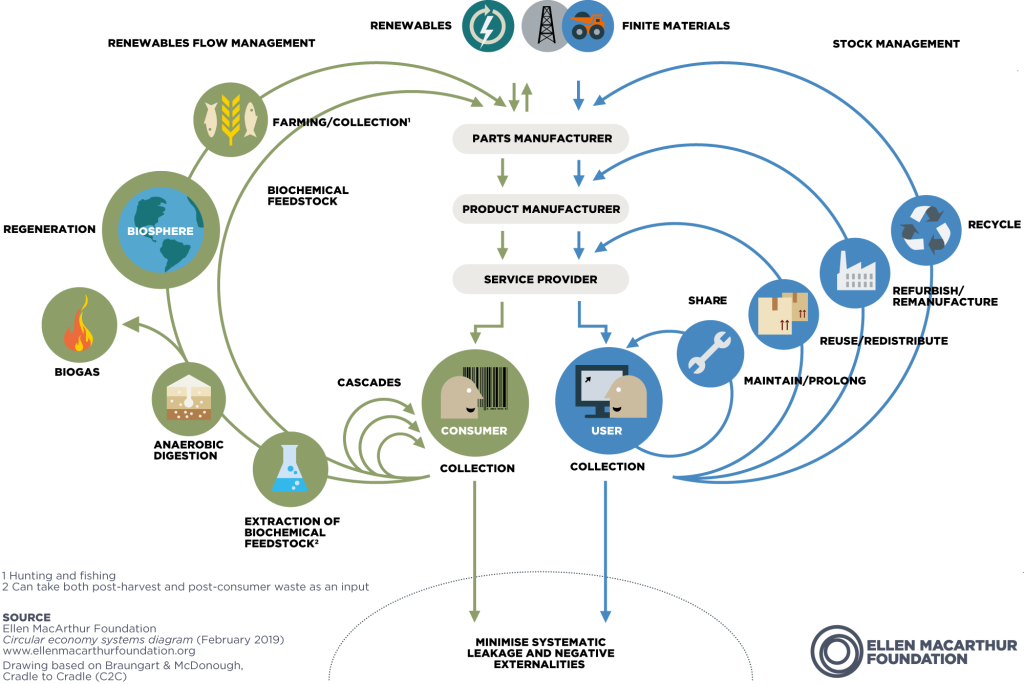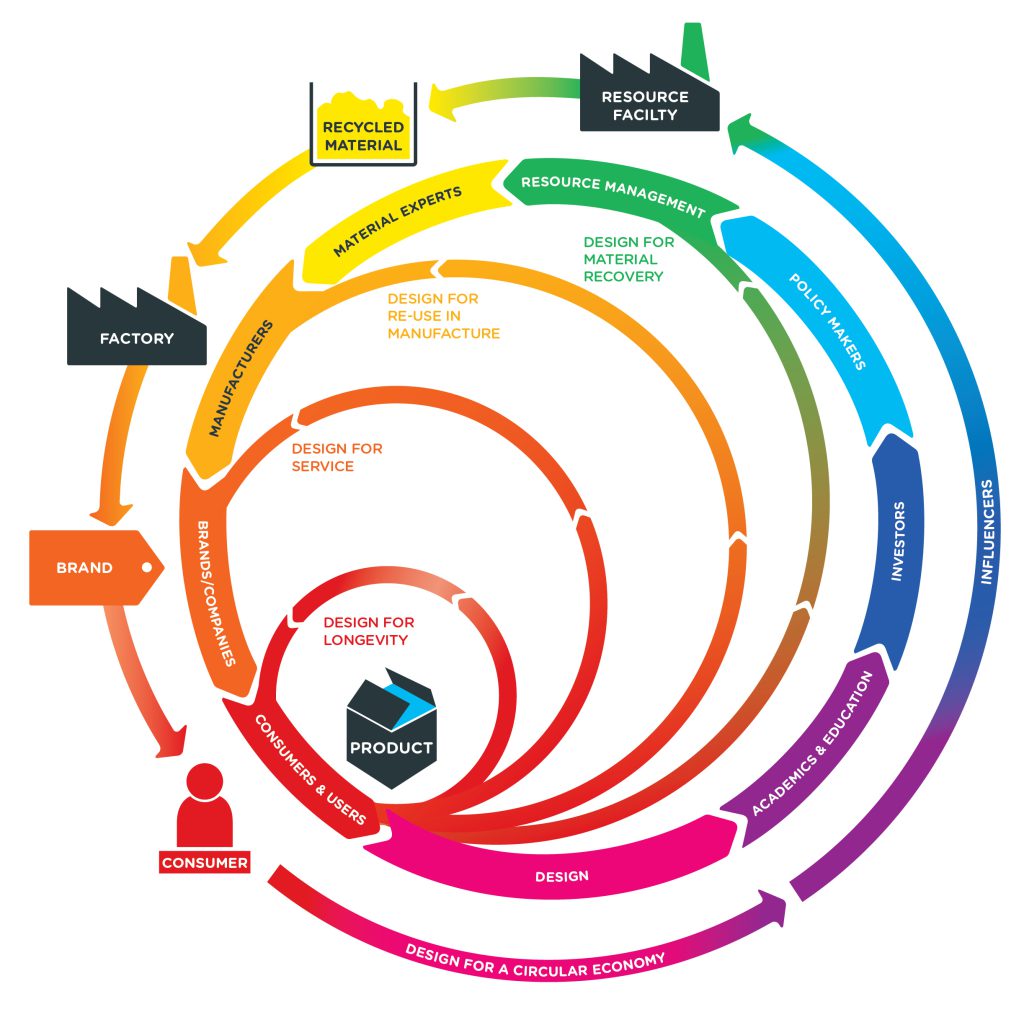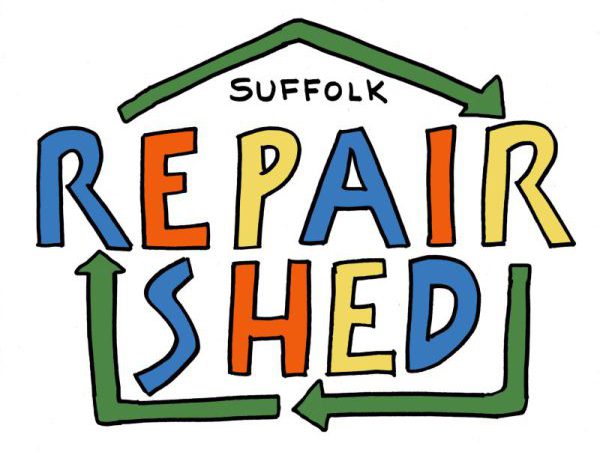How would a Repair Shed help to tackle global warming?
I think the heart of the matter is that we consume too much. Too much energy (much of that of the wrong kind), too much food and too many goods. It’s estimated that in aggregate we comsume around 1.7 worlds’ worth of resources per year, but much higher (8 to 12 times) in the developed world. A recent book “the Day the world Stops Shopping ” (1) is a thought experiment by an economist to see what would happen if we reduced our consumption by 25%. Generally speaking it is not a pretty outcome. But those of you with a numerical bent will note that 75% of 1.7 is still 1.28. Which means we will in aggregate still be consuming more than is sustainable, and that is without allowing developing countries to raise their living standards. That may give some idea of the scale of the practical problem. The political implications are bad, too. At the moment I don’t think anyone will get elected on the basis of encouraging what at first glance is a lower standard of living.
COP 26 and other PR events show that waiting for governments to act on our behalf in a meaningful way is likely to be disappointing. None, if any, show the kind of leadership which considers the long-term national or international interest to be of more importance than short-term political factors.
So we are likely to need a collective effort by individuals. But if that is to have any effect at all, it needs to be practical action.
Towards a Circular Economy – a possible way ahead
In brief the circularity argument means a shift from the current linear make-use-dispose model (sometimes with fast fashion even ditching the “use” part of it) to a circular make – repair – recycle. The Ellen McArthur Foundation, a leading protagonist of the circular economy, points out in their recent report (2) that while emission control and decarbonising can go a good way towards achieving emissions targets, there is nearly as much to be had from reducing the emissions which come from the production of new things.

Naturally, this report operates at a pretty high policy level – even the “deep-dives” into mobility and the built environment don’t reach as far down as bottom-feeders like me.
At a more practical level an interesting idea was developed between 2012 and 2016 under the aegis of the Royal Society of Arts – “The Great Recovery” (3). Alongside a number of other design-related initiatives, this project looked at consumer durables from the perspective of design. In particular a number of workshops were held where items were dismantled by designers and assessed for repairability. This highlighted just how irreparable items had become, which is an issue >which has been taken up by “Right to Repair” campaigns.
In future, designers who design for a circular economy will undoubtedly be a good thing. But if we want to reduce the amount which goes to landfill, we still have the question of what we do with the stuff which exists today.

Now if you want to be really shocked, the “Waste Age” book resulting from London’s Design museum recent exhibition of the same name is what you need. It brings into clear focus a number of issues in terms of the amount of waste we produce, and what happens to it. A particularly striking aspect is the waste created in producing virgin materials. That makes it well worth recycling say 1kg of copper; to make it new creates some 200kg of slag. It is compelling reading.
So what can we as individuals do to achieve something?
Though they do a good job at keeping big and important issues on the agenda, I’m not a fan of activists’ tactics (like XR and Insulate Britain). In my view they irritate more people than they persuade. And while it may feel good to bang a drum or person the barricades or demand the end of capitalism and so on, I’m not convinced it achieves a lot. Maybe that’s just me.
Clearly there are things we can all do to reduce emissions. We could for example eat less red meat, stop flying, walk or cycle more. As well as reducing our carbon footprint these are likely to have benefits to health. There are many lists available, here for example
To recall it means a shift from the current linear model of make-use-dispose to make – repair – recycle. In terms of individual behaviour it implies a new relationship with our things. It will be a shift from ownership of essentially disposable things to stewardship of longer lived items. That stewardship will involve being informed about what you are buying in the first place and either maintaining or organising the maintenance of the item through its life. Status would start to derive less from boxfresh/pristine, more from well-loved.
In time it may be that the industrial structure develops as well.
– global/international manufacturers – more or less as now where materials and products are introduced into the loop for the first time. If items last longer, then fewer will be sold as complete items, but more spares should be. That brings with it all sorts of design right and warranty challenges, plus dealerships/accredited repairers.
– national/local parts suppliers – for repair and/or upgrade. There would need to be more of this sort of operation as more products are repaired or upgraded.
– local or individual repairers – this could become a significant source of local employment (5), and will need the development of local pools of skill. Repair work is more skilful than production work.
This is why a Repair Shed is a good thing. You have to start somewhere.
1. The Day the World Stops Shopping – J. B. MacKinnon – Bodley Head 2021
2. Completing the Picture – How the Circular Economy tackles Climate Change – Ellen MacArthur Foundation – 2021 reprint. Downloadable from ellenmacarthurfoundation.org/
3. Designing for a circular economy: Lessons from the Great Recovery 2012-2016 – RSA – downloadable from http://www.greatrecovery.org.uk/
4. Waste Age – what can design do? – ed. Justin McGuirk – the Design Museum 2021. https://designmuseumshop.com/products/waste-age-what-can-design-do-exhibition-catalogue
5. Levelling up through Circular Economy Jobs – Sam Alvis & Zoe Avison – Green Alliance 2021 – downloadable from https://green-alliance.org.uk/publications.php
